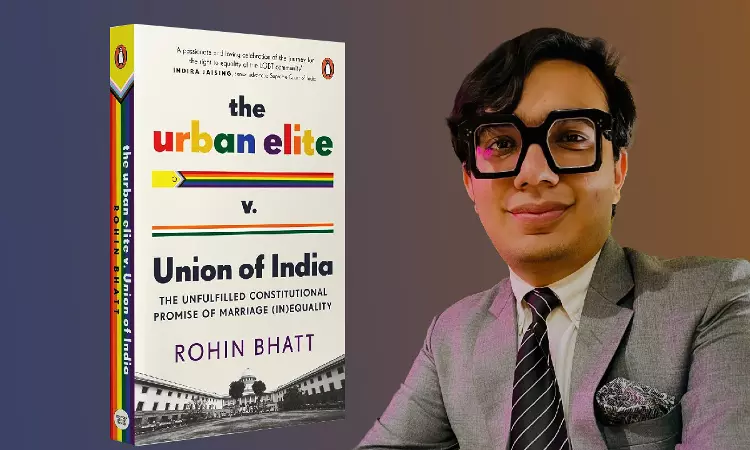- Home
- /
- Book Reviews
- /
- 'The Urban Elite V. Union Of...
'The Urban Elite V. Union Of India': Book Review
Gursimran Kaur Bakshi
9 Oct 2024 11:28 AM IST
In October, last year, the Supreme Court constitution bench in Supriyo v. UOI unanimously held that there is no fundamental and unqualified right to marry. For most of us, the judgment was like any other judgment of the Supreme Court except for the possibility that it could have canvassed a set of fundamental rights. But members of the queer community had hoped for their lives to be changed;...
Next Story



